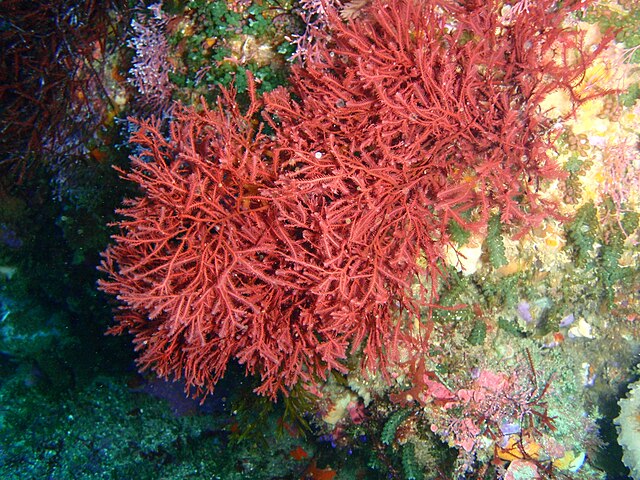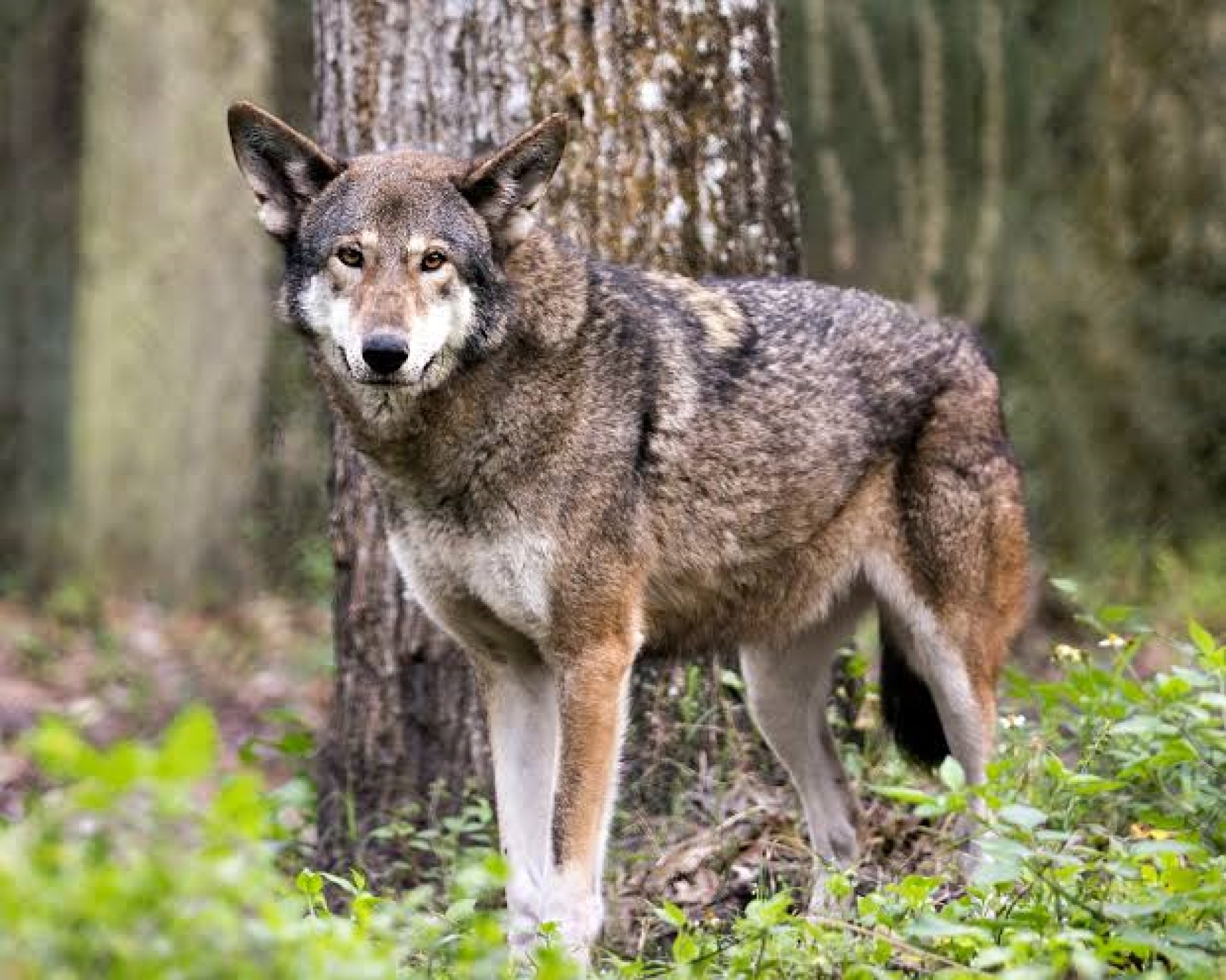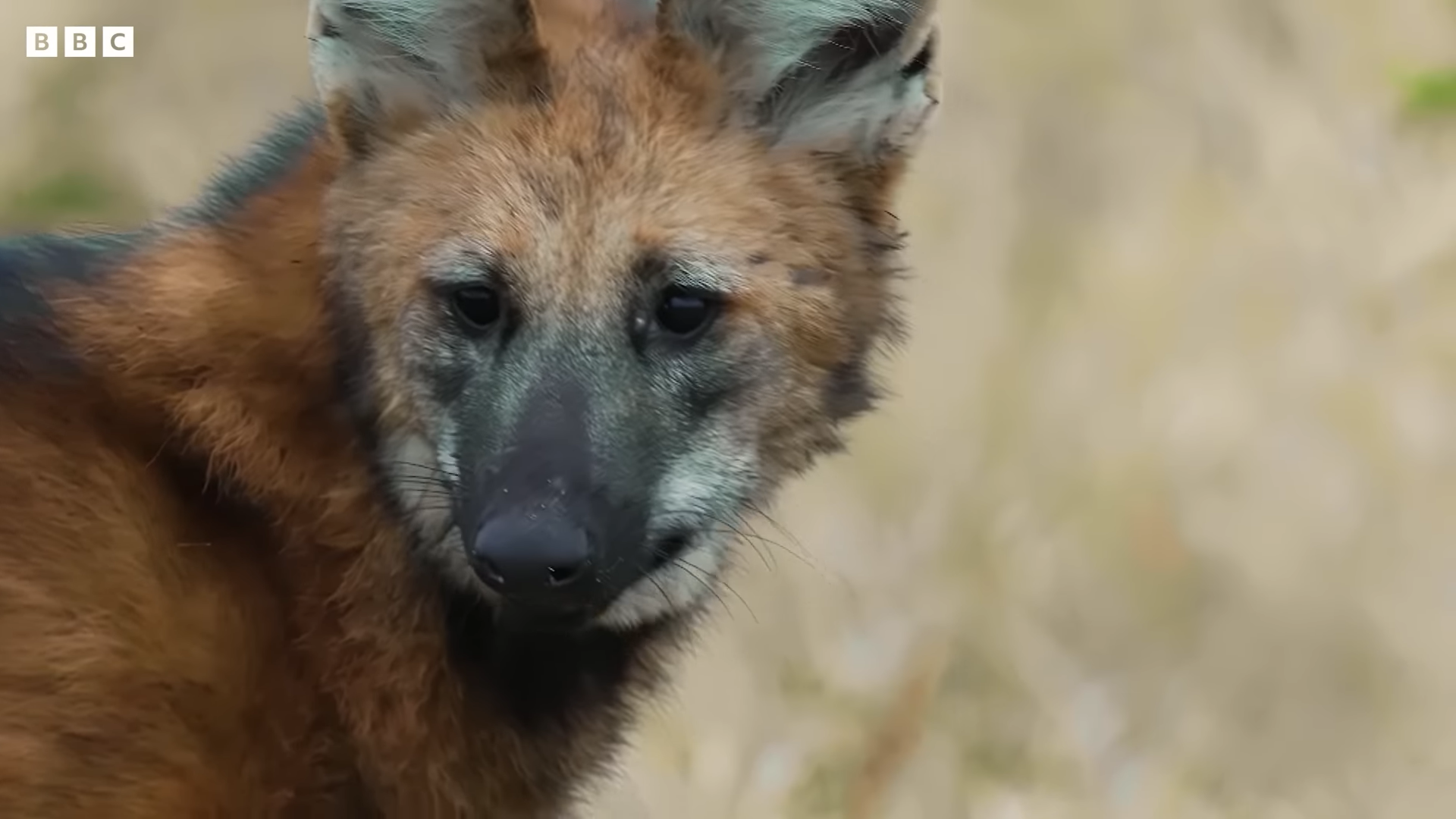
North Pacific right whale
The North Pacific right whale is in a similar position. In the eastern North Pacific there is a population of 30-35, while the western North Pacific is around 300.
It should be noted, that despite this numbers, the North Pacifi right whale is only considered Endangered. not critically endnagered.
While hunting was the initial driver to drop the population. Current threats include ship strikes, as well as entanglement in fishing gear, and of course the small size of the population. Some of the places with the highest density are Bering Sea, Gulf of Alaska, Okhotsk Sea, Kuril Islands, and Kamchatka area, though I should mention that this is a huge area, so does not help a great deal.
Below is a video of a rare sighting of this species. Below that is a list of references to this species on this website (if any). Below this, we will add any opportunities to see this species in the wild.
Lone grey whale migrates half way around the world
- Tim
- June 12, 2021
DNA analysis has shown that a grey whale first seen off the South West African coast, originated in a population off the eastern coast of Asia.










 Also known as
Also known as 

 only endemic pinniped found in
only endemic pinniped found in  the west coast of north America. On this map, the navy blue marks the breeding rance, while the light blue shows the total range that they can be found in. It should be noted, that previously the Japanese and Galapagos sealion were both considered subspecies of the Californian species, but no longer. They can stay healthy, for a time, in fresh water, and have been seen living for a while in Bonneville dam – 150 miles inland.
the west coast of north America. On this map, the navy blue marks the breeding rance, while the light blue shows the total range that they can be found in. It should be noted, that previously the Japanese and Galapagos sealion were both considered subspecies of the Californian species, but no longer. They can stay healthy, for a time, in fresh water, and have been seen living for a while in Bonneville dam – 150 miles inland. on all of the Galapagos Islands, as well as (in smaller numbers) on Isla de la Plata, which is just 40km from Puerto López a village in
on all of the Galapagos Islands, as well as (in smaller numbers) on Isla de la Plata, which is just 40km from Puerto López a village in  known as the Hooker sealion) is native to south island, though before 1500 it is thought that it was also found on north island. They tend to breed on Subarctic islands of Auckland and Campbell (99% of the pups are born in these islands). In 1993, sealions started breeding on South Island again for the first time in 150 years.
known as the Hooker sealion) is native to south island, though before 1500 it is thought that it was also found on north island. They tend to breed on Subarctic islands of Auckland and Campbell (99% of the pups are born in these islands). In 1993, sealions started breeding on South Island again for the first time in 150 years.








